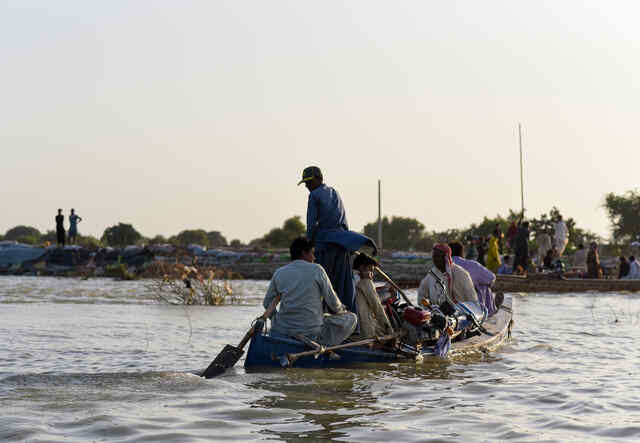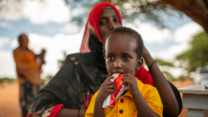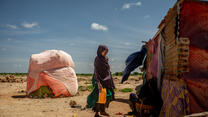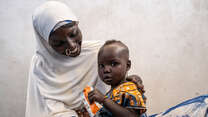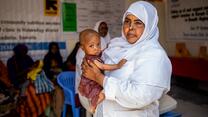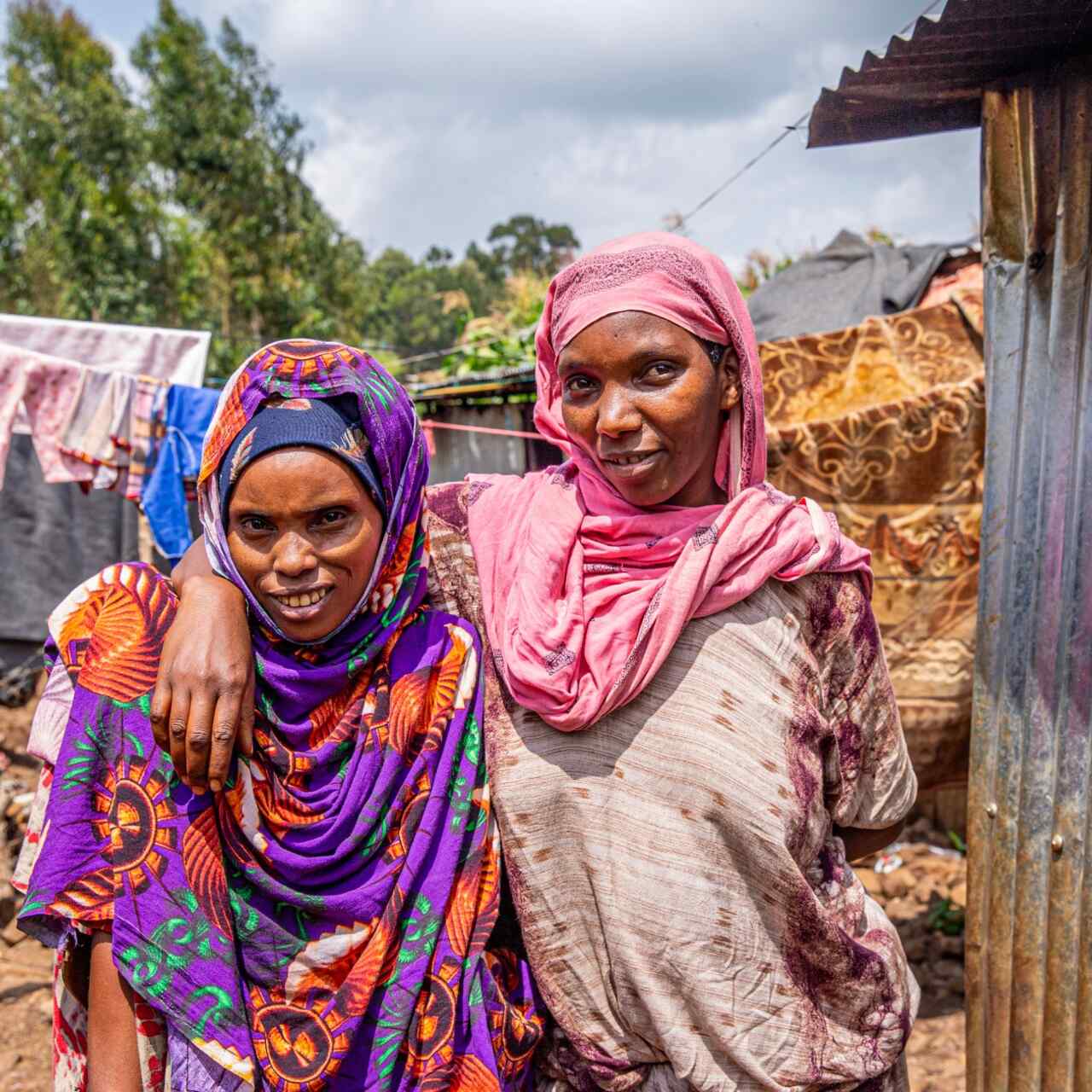
As we approach the United Nations General Assembly (UNGA) of 2023, the main focus is on addressing the Sustainable Development Goals (SDGs) and rebuilding global trust and solidarity. However, the UN Secretary-General warns that over half the world is not on track to achieve the SDGs by 2030, particularly countries affected by crises.
The SDGs, intended to inspire global progress, have fallen short. Communities and countries are at risk of being left behind.
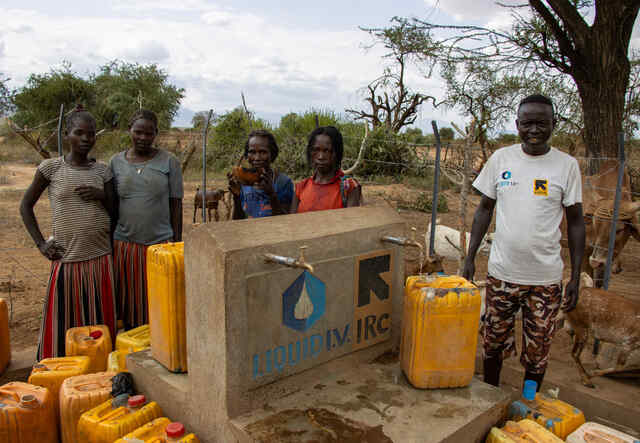
The IRC’s proposed solutions
For this year’s UNGA, it’s critically important that the body address hunger, child survival and the climate crisis. These are the most pressing issues facing vulnerable communities and those most likely to offer life-saving impact with concerted global action.
Although humanitarian solutions cannot entirely solve political problems, it is equally true that political solutions cannot be achieved without humanitarian solutions. The IRC has leveraged its 90 years of experience to develop solutions that can help resolve some of the world's most complex problems and potentially overcome the stagnation of action at UNGA 2023.
Below, three critical issues to watch for at this year's UNGA (you can read a full report on our asks for UNGA here):
Preventing famine and food insecurity
Alarmingly, over 40 percent of individuals struggling to afford adequate food reside in five conflict-affected nations: Afghanistan, the Democratic Republic of the Congo, Ethiopia, Nigeria and Yemen. As we approach 2024, the outlook for food security appears increasingly dire, raising concerns about the rising threat of famine and substantial casualties due to hunger and malnutrition in the coming year. To address this danger, we must focus on supporting the world's most vulnerable communities.
There is a pressing need for an empowered body capable of mobilizing collective action in response to early famine warnings. The High-Level Task Force on Preventing Famine (HLTF), established by the U.N. Secretary-General two years ago, holds the potential to play a pivotal role in this regard. However, the HLTF requires commitment from political leaders and U.N. authorities to fulfill its mandate. To prevent famine in high-risk countries, a revitalized HLTF should break down barriers, direct attention, and prompt early intervention from donors, international financial institutions, climate organizations, and humanitarian and development actors. It should support efforts to expand humanitarian responses and translate plans into action.
Read more:
What is famine? How it’s caused and how to stop it?
Three Somali mothers battle drought and famine
What is drought? Causes, impact & countries most affected
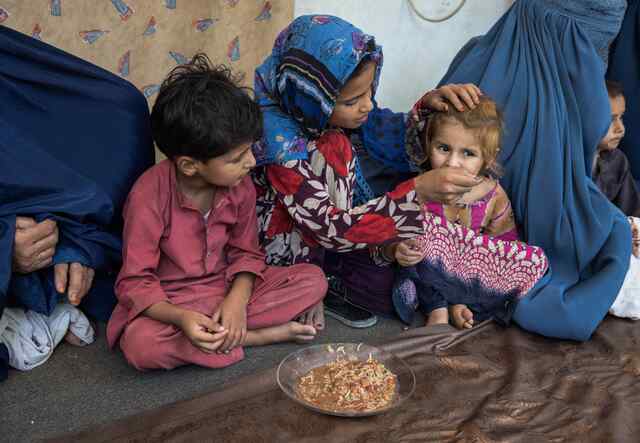
Combating acute malnutrition
Extreme malnutrition in children, also known as wasting, is a significant threat to child wellness and survival. Worldwide, one in every five deaths in children under five is caused by malnutrition.
This is a preventable issue, with a proven solution. Ready-to-Use Therapeutic Food (RUTF) is a fortified peanut paste that aids in the recovery of 92 percent of acutely malnourished children. Unfortunately, historical data shows that 80 percent of children with acute malnutrition lack access to this life-saving remedy. Furthermore, the existing treatment and delivery system is complex, inefficient, and divided between two U.N. agencies – WFP and UNICEF – separately delivering products to treat severe and moderate acute malnutrition.
Closing this treatment gap and saving the lives of millions of at-risk children is achievable but requires a new approach to combat childhood acute malnutrition. The IRC advocates for the adoption of a simplified, unified approach to diagnosis and treatment, breaking down the existing division.
IRC evidence spanning over a decade indicates that this streamlined approach enhances cost-effectiveness and scalability, using 39 percent less RUTF and costing 20 percent less per severely malnourished child treated. Central to its success is a people-centric delivery model, emphasizing the role of community health workers in malnutrition treatment and delivery. The adoption of national nutrition plans also forms a critical component of this innovative approach, creating a more focused, context-specific strategy to overcome diverse barriers to treatment.
Read more:
Ending malnutrition
Meet the IRC doctors fighting against malnutrition in Somalia
Why do most children affected by acute malnutrition go untreated?
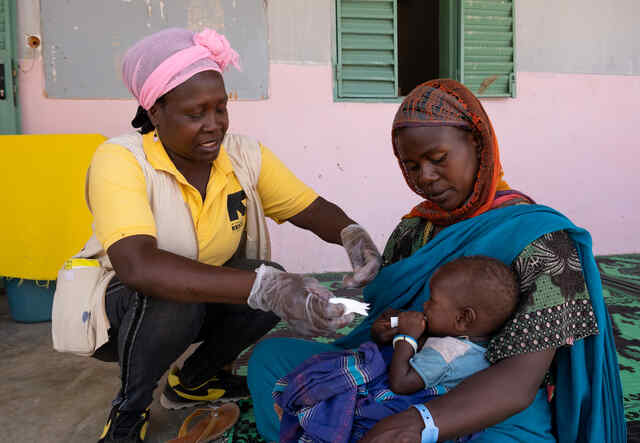
Enhancing climate readiness and resilience
The communities the IRC serves are often excluded from global climate action. This is particularly true in countries facing both conflict and climate crises, such as Somalia, Ethiopia and the Democratic Republic of Congo.
To better support these communities, a people-first approach is crucial. This includes providing climate financing that is adequately scaled, accessible to those most in need and tailored to their specific challenges. It also means securing additional funding, recommitting to and increasing the $100 billion climate pledge, and shifting toward grants and low-cost loans instead of non-concessional debt. The funding must be accessible so communities can improve their climate readiness and resilience through measures like climate-resistant crops.
Investing in context-appropriate interventions to bolster climate resilience and adaptation is paramount, generating evidence of their effectiveness. This includes supporting and evaluating the impact of anticipatory actions and food security initiatives, such as the IRC's anticipatory cash and seed security projects in Nigeria and northeast Syria.
Read more:
How do floods create humanitarian crises?
What is drought? Causes, impact and countries most affected
10 countries at risk of climate disaster
